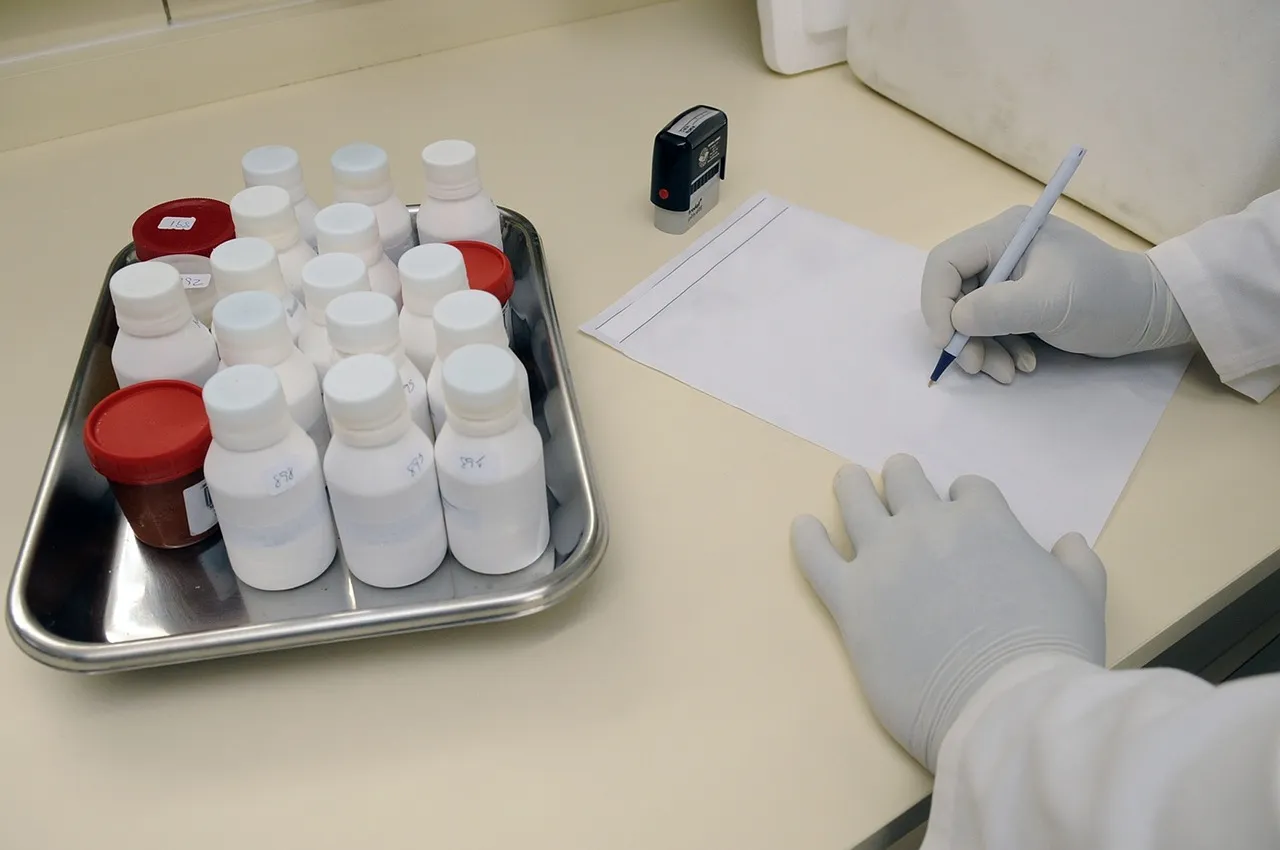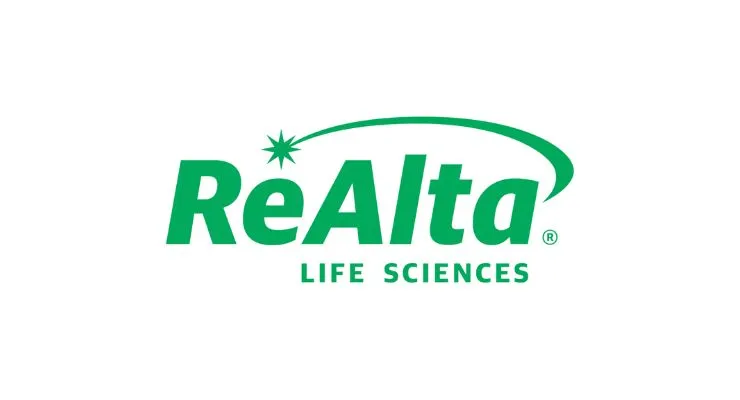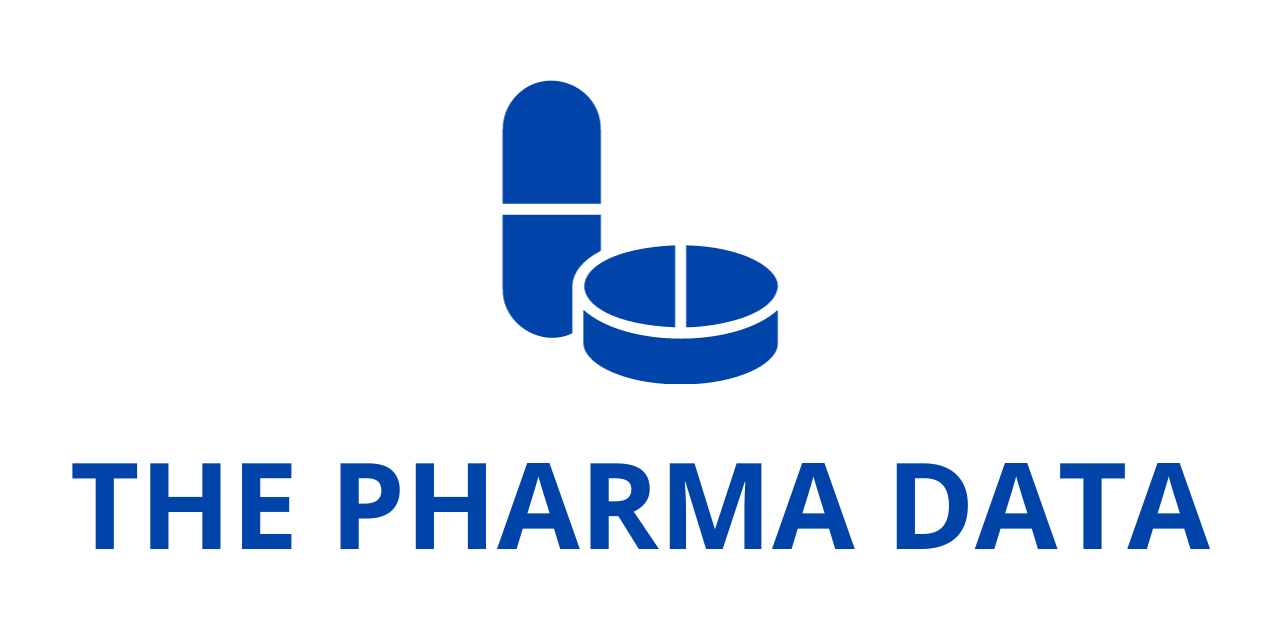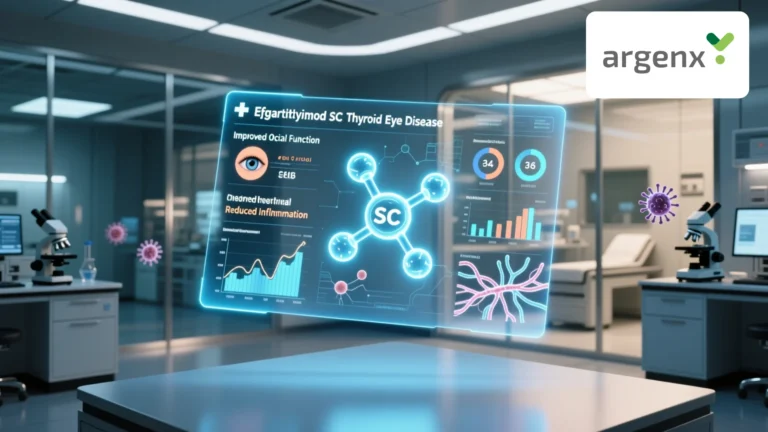
ReAlta Life Sciences Publishes Preclinical Data Showing RLS-0071 Reduces Brain Inflammation in Neonatal Hypoxic-Ischemic Encephalopathy Model
ReAlta Life Sciences, Inc., a clinical-stage biopharmaceutical company advancing therapies that rebalance the body’s inflammatory response, has announced the publication of new preclinical findings demonstrating that RLS-0071 (pegtarazimod) significantly reduces neuroinflammation in a model of hypoxic-ischemic encephalopathy (HIE). The study, published in the American Journal of Perinatology, offers compelling mechanistic data supporting the potential of pegtarazimod to mitigate inflammatory damage in the brains of neonates affected by HIE—an area with few effective treatment options.
The paper, titled “The Anti-inflammatory Peptide RLS-0071 Reduces Immune Cell Recruitment and Oxidative Damage in a Neonatal Rat Model of Hypoxic-Ischemic Encephalopathy,” provides insight into how pegtarazimod modulates brain inflammation at a cellular level. In this preclinical study, treatment with RLS-0071 led to marked reductions in microglial activation, myeloperoxidase (MPO) activity, and reactive oxygen species (ROS)—key contributors to neuroinflammation and neuronal damage in HIE.
Microglia, the brain’s resident immune cells, play a critical dual role in both neuroprotection and neurodegeneration. Under pathological conditions such as HIE, they can become overactivated in response to stress signals, particularly elevated levels of MPO, a potent enzyme that fuels oxidative stress and inflammatory signaling. This pro-inflammatory microglial state is not only associated with neuronal injury in HIE but also features prominently in the pathology of chronic neurodegenerative conditions like Alzheimer’s and Parkinson’s disease.
The results reinforce earlier clinical observations from ReAlta’s ongoing Phase 2 STAR trial, in which elevated MPO levels were identified in newborns diagnosed with HIE. The correlation between the preclinical findings and clinical biomarker trends enhances confidence in the drug’s therapeutic rationale and translational potential. Notably, the STAR trial data presented in April 2025 indicated that MPO levels were generally higher in neonates with more severe HIE, further underscoring the central role of this enzyme in disease severity and progression.
“These new preclinical data demonstrate that ReAlta RLS-0071 can effectively reduce microglial-driven neuroinflammation by dampening MPO-mediated oxidative stress, which is a key driver of brain damage in HIE,” said Dr. Kenji M. Cunnion, MD, MPH, Chief Medical Officer at ReAlta Life Sciences. “The congruence between the mechanistic effects observed in the preclinical model and the biomarker data from our clinical trial suggests that pegtarazimod is addressing the inflammatory cascade at a fundamental level. This builds our confidence in the drug’s potential to improve outcomes in HIE and other neuroinflammatory disorders.”
In the neonatal rat model, pegtarazimod administration resulted in a fourfold decrease in microglial recruitment within 48 hours compared to untreated controls. This reduction was accompanied by a significant drop in MPO-positive staining in brain tissue, suggesting a marked attenuation of oxidative injury. Importantly, pegtarazimod-treated animals also exhibited a 6% increase in neuronal density relative to animals treated with hypothermia alone.

Therapeutic hypothermia, currently the standard of care for HIE, works by slowing the brain’s metabolic processes and reducing further damage, but it is not curative and fails to provide benefit in a significant subset of affected infants. The comparable anti-inflammatory efficacy of pegtarazimod observed in the study, when benchmarked against hypothermia, highlights the promise of a combination or even standalone pharmacological strategy for improving neurological outcomes in these vulnerable patients.
Dr. Zachary Vesoulis, Assistant Professor of Pediatrics in Newborn Medicine at Washington University School of Medicine and a co-author of the study, emphasized the clinical relevance of the findings. “HIE is a devastating condition with long-term neurological consequences for many infants, and there is currently no approved drug to treat the underlying inflammation,” he noted. “The ability of pegtarazimod to reduce brain inflammation in this model provides a strong rationale for further clinical development. If these findings translate to humans, we may finally be on the path to a much-needed pharmacological intervention for HIE.”
RLS-0071, ReAlta’s lead asset, is a dual-targeting peptide designed to inhibit both complement activation and neutrophil effector functions, two major contributors to inflammatory tissue damage. Pegtarazimod’s unique mechanism allows it to disrupt key steps in the cascade of inflammation by neutralizing MPO activity and reducing ROS production, which can otherwise spiral into further immune cell activation, tissue destruction, and neurological decline.
This dual-action approach is particularly significant in the context of neonatal brain injury, where timing is critical and the window for therapeutic intervention is narrow. By directly interfering with the inflammatory drivers implicated in secondary brain injury, RLS-0071 has the potential to mitigate damage even after the initial hypoxic-ischemic insult has occurred.
The study results come at a crucial time for ReAlta, as the company prepares to deliver an interim data readout from its Phase 2 STAR trial in the second half of 2025. The STAR trial is evaluating the safety and efficacy of pegtarazimod in neonates with moderate-to-severe HIE, with biomarker analysis playing a key role in assessing the biological impact of treatment. The company expects that this upcoming clinical data will help inform not only the continued development of RLS-0071 for HIE but also its broader potential in other acute and rare inflammatory diseases.
ReAlta has been advancing a growing pipeline built on its proprietary EPICC™ (Extensible Protease Inhibition and Complement Control) peptide platform. Pegtarazimod represents the first clinical candidate from this platform, and its promising profile in both preclinical and early-stage clinical studies has sparked interest in additional indications where complement and neutrophil-driven inflammation are key pathological features.
In HIE, the unmet medical need remains profound. Occurring in approximately 1 to 3 per 1,000 live births in developed countries—and even more frequently in lower-resource settings—HIE is one of the leading causes of neonatal mortality and long-term disability. Survivors often experience cerebral palsy, cognitive impairment, epilepsy, and behavioral disorders. Current interventions, including hypothermia, provide only partial protection and are most effective when initiated within six hours of birth, leaving a substantial need for adjunctive or alternative therapies.
ReAlta’s approach—targeting the immune response rather than just the consequences of injury—represents a paradigm shift in how neonatal brain injury may be treated in the future. If pegtarazimod continues to show benefit in clinical trials, it could become the first pharmacological therapy to offer neuroprotection by directly modulating inflammation in HIE.
Looking ahead, ReAlta intends to expand its clinical development strategy beyond HIE, with programs under consideration for other neurologic and inflammatory conditions where MPO and neutrophil activity are implicated. The company is also exploring partnerships and collaborative research opportunities to accelerate the clinical translation of its EPICC platform assets.
In summary, the publication of this preclinical study marks a significant step forward in validating the mechanism of action of RLS-0071 and its potential application in treating HIE. The alignment between animal model data and human biomarker findings positions ReAlta to advance confidently into the next phase of clinical development, with the goal of delivering a first-in-class therapy for one of neonatology’s most urgent and underserved challenges.
As ReAlta continues to gather momentum, the field of neonatal neuroprotection may be on the cusp of a long-awaited breakthrough—one that could bring real hope to families affected by HIE and, ultimately, transform care for infants at risk of lifelong disability.




